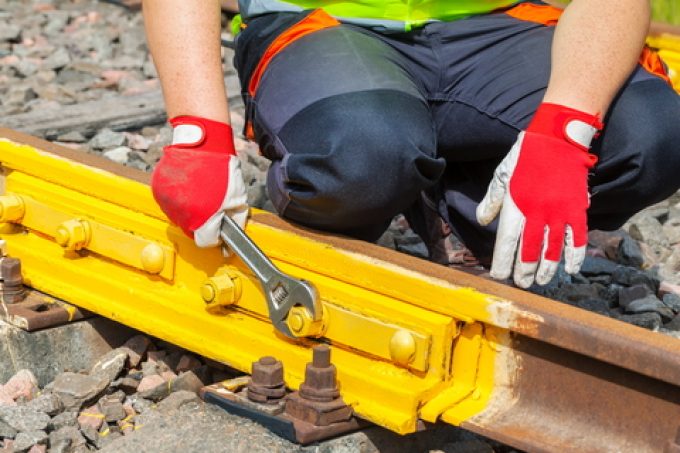Seeking Alpha: Rails blockbuster – Union Pacific may be looking to acquire CSX or Norfolk Southern
SEEKING ALPHA reports: Union Pacific Corporation (NYSE:UNP) is weighing a major acquisition, according to SEMFOR. Sources ...

Despite efforts of the Biden administration, chances of an agreement in contract talks between US railways and labour unions appear increasingly slim as carriers prepare for a shutdown amidst calls for Congress to step in and mandate a settlement.
The White House is now reportedly considering ...

Comment on this article